Features :
The Bonelli’s eagles are large to medium sized eagles with a body length of 65-70cms. The upperparts are dark brown and white with dark streaks on the underside. Their wings are short and rounded to sharp edged. The longish tails are grey on top and white at the underside and a single broad black terminal band. Like the other hawk eagles their feet and eyes are yellow. The wingspan measures anywhere between 150 cms and 170 cms.
The young have deep buff under parts and under wing coverts. The tail terminal band is almost absent but finer barrings are visible.
For this reason, the young of Bonelli’s eagles can be easily confused with Booted Eagle and Common Buzzard in flight.
Geographical distribution & Habitat:
Bonelli’s eagles are found in Southern Europe, Africa, Southern Asia upto Indonesia. They are usually resident breeders in most places. In the Indian Subcontinent they are almost absent in the Northeast and in Srilanka. They prefer sparsely wooded mountainous country, as well as sand hills with short trees and open areas where there is more visibility to spot prey. They also adapt well to desert kind of habitats and grassland regions.
Call:
Bonelli’s eagles are normally silent raptors except during their breeding season. We have observed their displays near their nest, during which they utter a klu-kluklu-kluee call, the male more often than the female.
Local Movements & Migration:
Bonelli’s Eagles are mostly residents in their breeding areas. But hunger and lack of prey can often make them travel great distances in search of food, both during breeding and non breeding seasons. Some radio collared birds in Spain have traveled upto 3000 Kms from their nesting sites during winter due to cold weather conditions and low density of available prey.
At the nesting sites that we studied in Karnataka and Maharastra the pair was always seen throughout the year in their breeding area. However, at times even they have disappeared for a few weeks and re-appeared leaving the observers in awe.
Behaviour:
These Eagles are very powerful hunters of medium sized mammals such as Black-Naped Hare and medium sized birds such as Crows, Grey Francolins etc but can also take larger birds like peacocks. Their peacock hunting ability has given them their Sanskrit name “Mayuragni” which means the peacock killer. The nesting eagle pair in some parts of Maharashtra have killed peacocks regularly when the smaller bird populations were on the decline due to drought conditions prevailing for some years out there. Also from the observers in Karnataka near Belgaum a few peacock kills were reported and were proven correct by my friend Niranjan who was investigating their hunting areas. The unsuspecting prey are usually ambushed from a tree or while soaring. Mostly the kills take place on the ground but birds such as crows and mynas are caught in midair in a very typical falcon fashion. The most preferred prey of the Bonelli’s eagle in this region (Karnataka & Maharasta) are Crows. As for me, I consider them as the best hunting eagles found in India. The prey species that we have recorded include Blue Breasted Quails, Common Quail, Painted Francolin, Grey Francolin, Mynas, Crows, BlueRock Pigeons, Spotted Doves, Laughing Doves, Jungle Babblers and even Shikras. The mammals include baby mongoose, Black-Naped hare, Field Mouse, Palm Squirrels and reptiles include Agama lizards, Monitor Lizards etc.
Courting & Breeding:
Bonelli’s eagles pair for life and their breeding rituals include the adult birds soaring in the air, soaring near the nesting site, dive bombing at each other, and occasionally calling to each other. They nest in our region by end of October and beginning of November. The nests that we have studied have been used year after year by adding twigs and fresh leaves. The nest is 5-6 feet in diameter and most of the nesting activity is carried out by the female. Fresh twigs and leaves are added by the female throughout the nesting season. After mating 2 oval shaped white eggs are laid and the incubation begins as soon as the first egg is laid. The eaglet that hatches first normally kills the younger eaglet by repeatedly pecking at it. During harsh seasons when prey availability is low, the adults feed the carcass of the young eagle to the stronger first born. This was witnessed in one of the nests studied in Maharastra. Also we have witnessed both the eaglets surviving to adulthood.
Bonelli’s eagles make excellent parents. The adult female, for the first 6 weeks after hatching, remains with the young at most times. The male hunts alone to feed both the female and the young. The prey is brought to nearby trees or cliffs by the male and the female, seeing the arrival of the male, fetches the prey to the nest. Only on a few occasions the male was seen landing in the nest with the prey. The female feeds the young with small morsels and also eats herself. Sometimes the prey was brought, kept in the Sun for one day, and fed to the chicks on the next day. It could be a technique to ripen/soften the meat so that the young can feed on it easily. Any intruders in the form of other birds of prey or mammals like monkeys (Bonnet Macaques & Langurs) are immediately chased away by the parents. In one incident when Niranjan was studying one particular nest, an adult Langur was attacked and it ended up falling in to the gorge of the hill and was killed.
The young remain at the nest until 10 weeks and practice flight in the nest by severe wing beats. They make short sortees to nearby trees and the parents continue to feed them. The female now joins the male in the search for food. The young are fed even when they have taken to flight like the adults. Once the young leave their nest and become completely independent the adults are still seen near the nesting site for some time.
Threats and Importance of Conservation:
The main threat to the Bonelli’s Eagle is habitat loss. In an over populated country like India, most of their habitats are taken by man for cultivation and colonization. The breeding eagles then take to hunting domestic chicken and are persecuted by poisoning. In some places in Karnataka and Maharastra due to some orthodox/cultural practices the young of the eagles are taken from their nests and burnt believing that the sins of the villagers will be forgiven by doing so. Our efforts in convincing the villagers on the importance of these birds of prey have produced rich dividends. Those nests that are under our observation have always been very successful and protected from these negative forces. We even advertise in the villages that when their domestic birds are taken compensation will be paid and these efforts have borne rich dividends. Our conservation activity in these places has ensured that the breeding season ends successfully for the eagles and also the locals are educated on the importance of conservation. I would love to mention here that my dear friend Dr. Satish Pande has been a pioneer in these efforts.
The way we work (Dr.Satish Pande, Niranjan Sant and self) is the simplest way of running a conservation project. Once the nesting area of a endangered species is identified, the first year is spent on collecting data of the surrounding (people as well as the wildlife present in the vicinity). Learning the practices of the people who are living out there and their impact on the nesting bird or the impact of the nesting bird on the people etc. One point that I feel any conservationist should keep in mind is that the people who are living close to wildlife areas, their culture, practices and day to day life style should be respected immensely. There should not be any rift between the conservationist and the locals, this solves 90% of the problem that are faced when some one want to run a conservation project for any species. The next is educating them gradually and knowing the local’s problems etc and trying to help out. In few places in Maharastra we have helped in the way of providing school books to villagers who cannot afford them, school fees and some jobs on temporary basis etc.
It should be simple, done with love and should never involve any negative relationships. Bonelli’s Eagle story is one such success. This was started by Dr.Satish Pande around 8 years back in a very small way but proved very very effective.
As far as money is concerned, Niranjan being a industrialist has always helped, some bird lovers through their small donations have helped. We also shed most of the expenses from our pockets, because more than any things this is labour of Love.
This has provided rich dividends.
The main threats to the Bonelli’s eagle in Europe are the adults and juveniles getting caught in the power lines. Also few hunters who are engaged in rabbit hunting consider these birds of prey as competition and eliminate them. Chemical poisoning takes it’s toll on the eagles and habitat loss due to colonization is also a serious threat.
My sincere thanks to my friend Niranjan Sant for sharing his experiences with the Bonelli’s eagles.
Conservation is the KEY to saving this PERSONIFICATION OF GRACE AND BEAUTY IN FLIGHT “The Bonelli’s Eagle”.



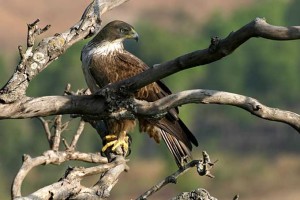
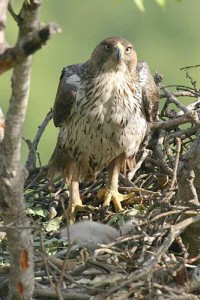

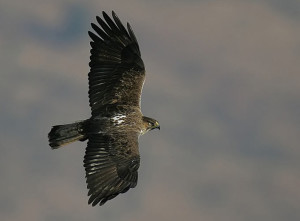

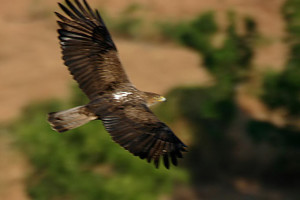


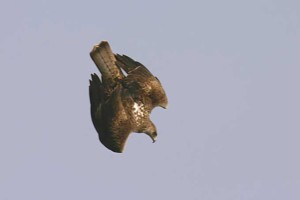
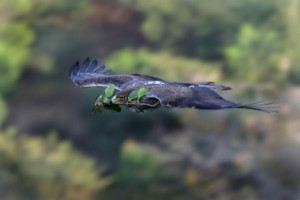
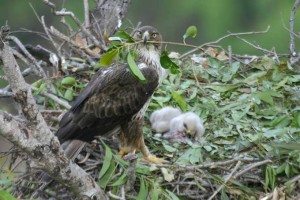


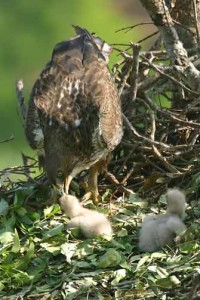
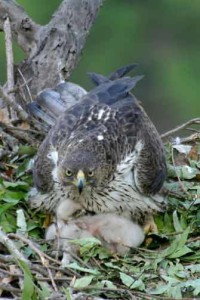


5 Responses
Jade want to meet you! More Info: https://letsg0dancing.page.link/go?hs=f6e7eac2461013d7213c346090b2b278&
obgo1o
All the girls from next door are here with their cams! Visit Cam: https://letsg0dancing.page.link/go?hs=f6e7eac2461013d7213c346090b2b278&
x2rva6
You got 39 408 US dollars. Withdrаw > https://forms.yandex.com/cloud/65db118e02848fe3b1c15a7a?hs=f6e7eac2461013d7213c346090b2b278&
ofe6hn
Transaction 40 331 US dollars. Withdrаw >>> https://forms.yandex.com/cloud/65db1186c417f3eb1f1706c7?hs=f6e7eac2461013d7213c346090b2b278&
txjpdg
You got a transaction from unknown user. Withdrаw =>> https://script.google.com/macros/s/AKfycbx0IBxSS36NJnQhYMSTioZWV5ngiSIbwDp0WK4YOOKnvtAWtc5CuT_ppqr1WjnYAaOo/exec?hs=f6e7eac2461013d7213c346090b2b278&
2q5zd8